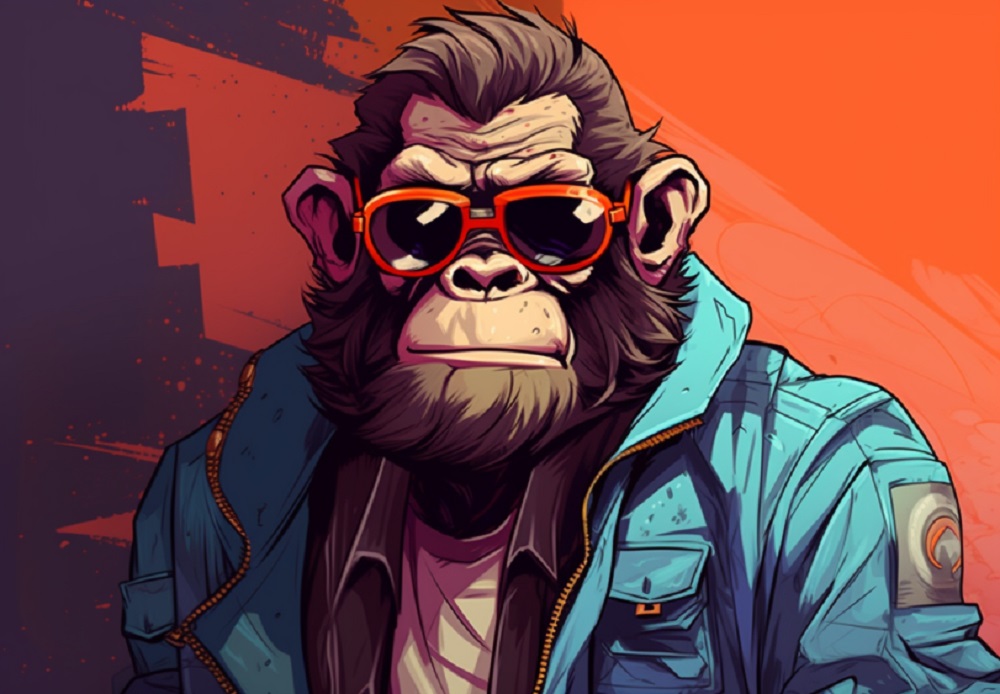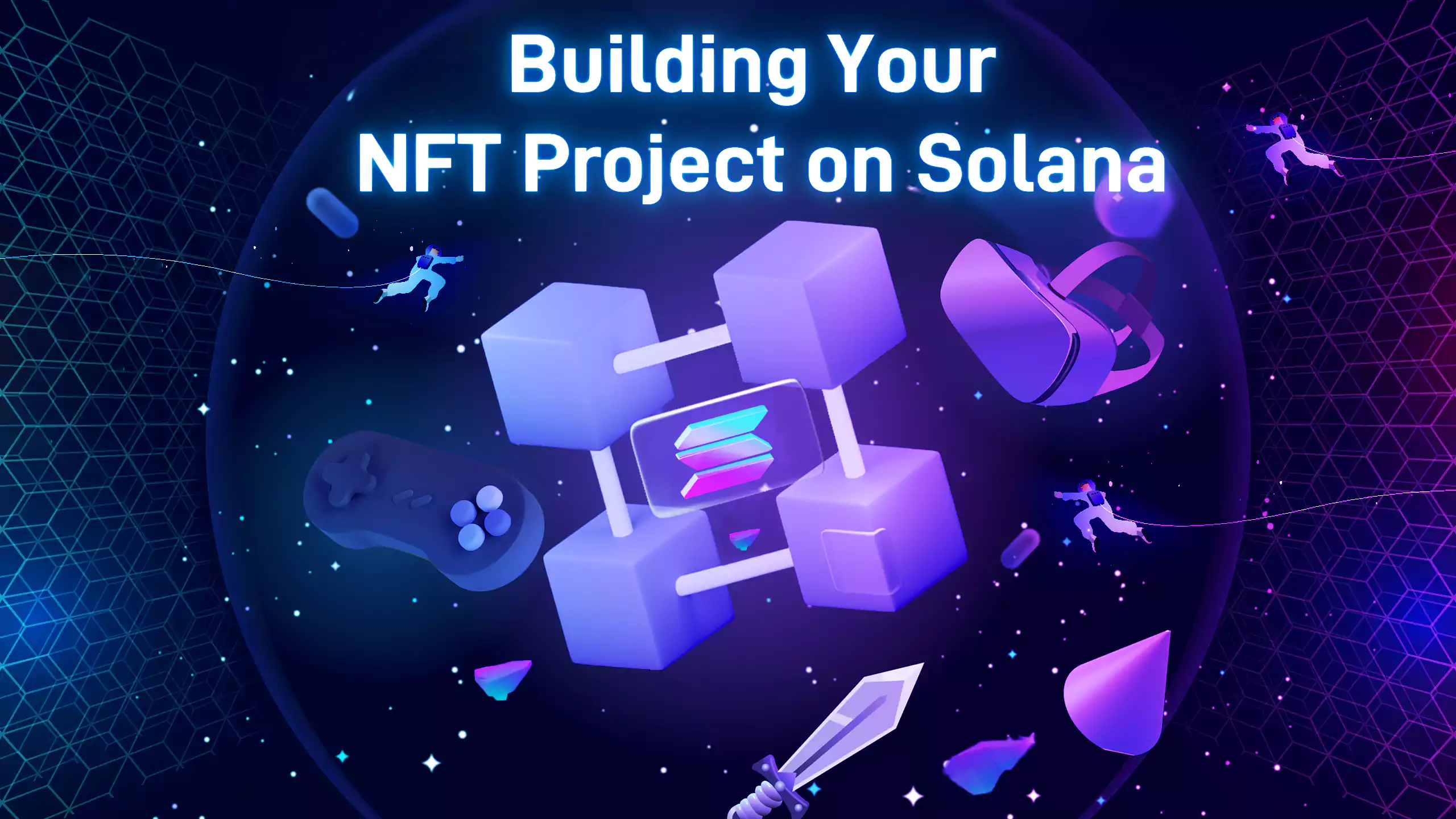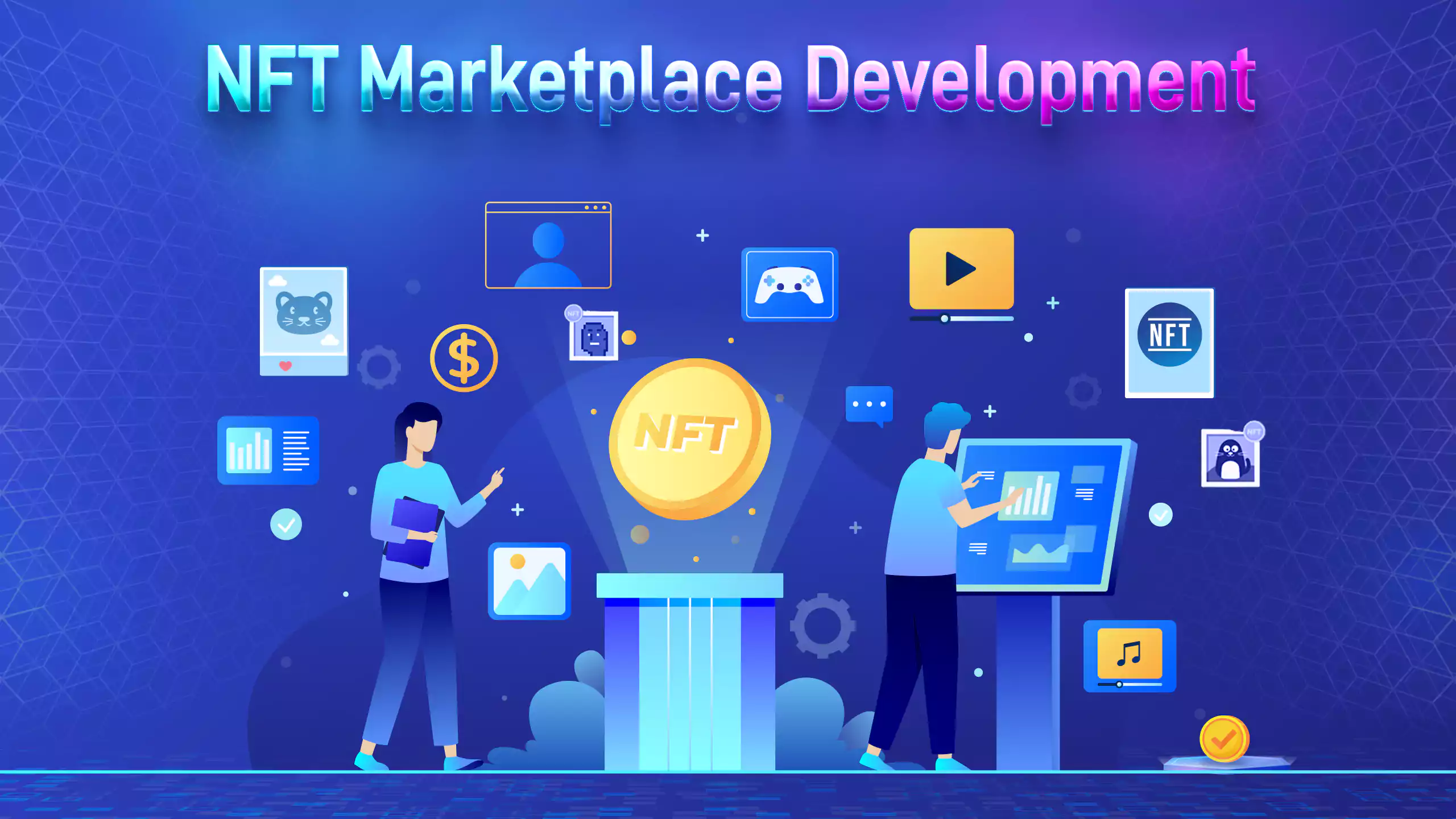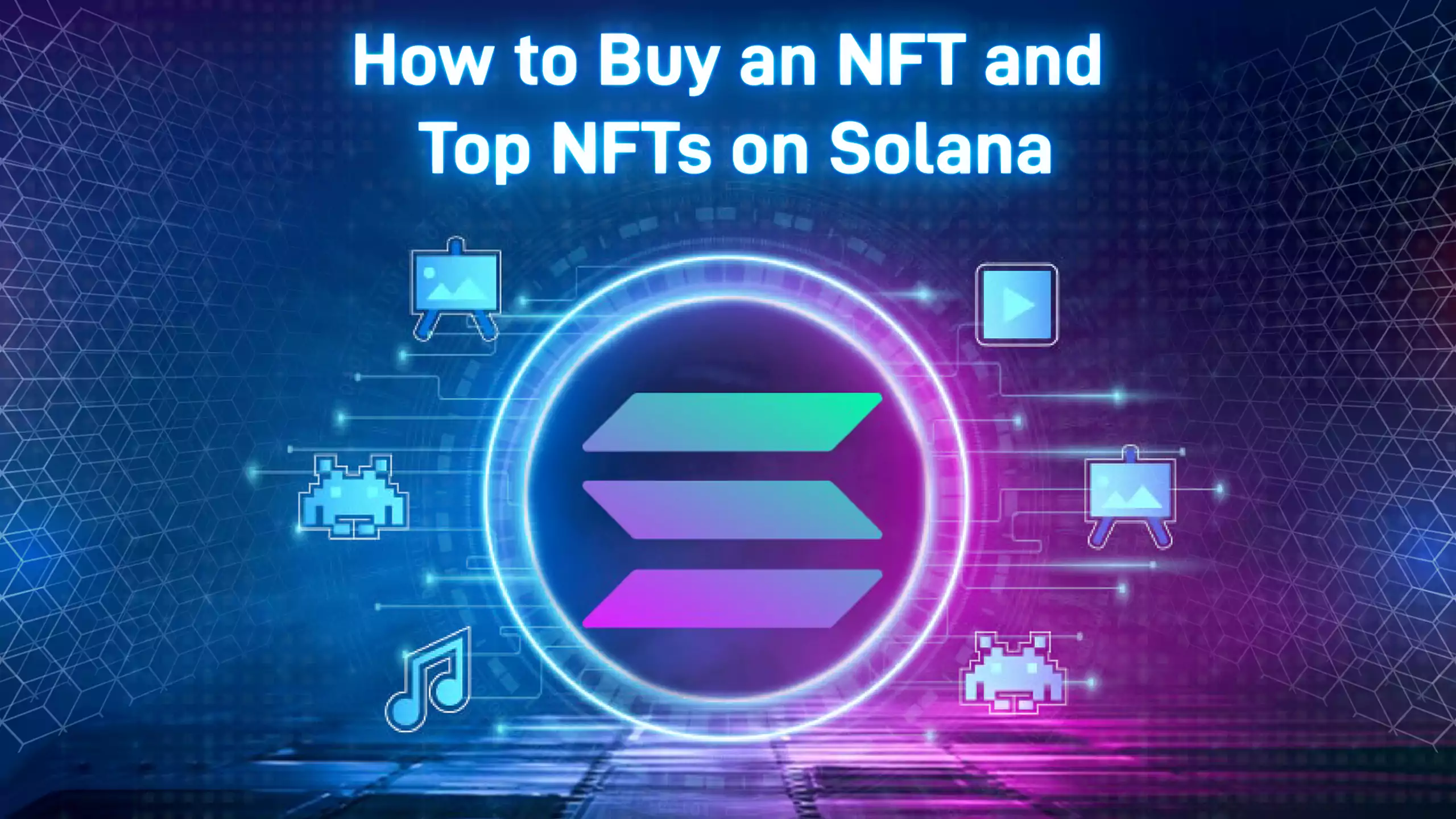The Future of NFTs
Introduction
Non-Fungible Tokens (NFTs) have emerged as a groundbreaking technology with the potential to revolutionize the art and collectibles industry. In this article, we will explore the future of NFTs and examine the opportunities and challenges they present for both collectors and creators. NFTs are unique digital assets that are stored on a blockchain, providing proof of ownership and authenticity. They have gained significant attention in recent years due to their ability to tokenize and trade digital art, music, virtual real estate, and more. Let's delve into the various aspects of the future of NFTs.
1. The Rise of Digital Collectibles
NFTs have unleashed a new era of digital collectibles, enabling artists and creators to monetize their work in unprecedented ways. With NFTs, artists can tokenize their creations and sell them directly to collectors, eliminating intermediaries and expanding their reach. Digital collectibles are no longer limited to traditional mediums like physical art or trading cards; they encompass a vast array of digital assets, including virtual items in video games, augmented reality experiences, and even moments from sports events.
2. Enhanced Authenticity and Provenance
One of the most significant advantages of NFTs is their ability to establish authenticity and provenance. The blockchain technology underlying NFTs provides an immutable record of ownership, making it nearly impossible to forge or counterfeit digital assets. This transparency and traceability enhance trust between collectors and creators, as buyers can be confident in the legitimacy and origin of the NFTs they acquire. The future of NFTs promises to further refine these mechanisms, incorporating advanced verification techniques and standards to ensure the integrity of digital assets.
3. Expanded Market Access for Artists
Traditionally, artists have faced barriers to entry, struggling to gain recognition and monetize their work. NFTs have opened up new avenues for artists to showcase their talent and connect with a global audience. By leveraging blockchain technology, artists can establish direct relationships with collectors, receive fair compensation for their creations, and retain more control over their intellectual property. The future of NFTs holds immense potential to empower artists from diverse backgrounds, enabling them to thrive and reach previously inaccessible markets.
4. Tokenizing Real-World Assets
While NFTs have predominantly been associated with digital creations, the future holds the possibility of tokenizing real-world assets. This can include anything from real estate properties to luxury goods and collectible items. By tokenizing these assets, owners can unlock liquidity, facilitate fractional ownership, and streamline the buying and selling process. For collectors, this means increased access to unique and valuable assets, while creators can explore innovative ways to monetize their physical creations in the digital realm.
5. Copyright and Intellectual Property Concerns
As the popularity of NFTs continues to soar, questions surrounding copyright and intellectual property rights have come to the forefront. While the blockchain ensures ownership of the tokenized asset, it doesn't necessarily address the underlying intellectual property concerns. The future of NFTs will require the development of robust frameworks and mechanisms to protect the rights of creators and prevent unauthorized use or replication of their work. Collaboration between artists, platforms, and legal experts will be vital to navigate these complex issues.
6. Environmental Impact and Sustainability
One of the criticisms surrounding NFTs is their environmental impact, primarily due to the energy consumption associated with blockchain networks. The future of NFTs will require innovative solutions to mitigate this issue and promote sustainability. The development of more energy-efficient blockchains and the adoption of eco-friendly practices will be crucial. Additionally, exploring alternative consensus algorithms and utilizing renewable energy sources can help minimize the carbon footprint associated with NFT transactions. Collaborative efforts within the blockchain community and partnerships with environmental organizations can drive the development of sustainable practices, ensuring the future of NFTs aligns with broader environmental goals.
7. Interoperability and Standardization
As the NFT ecosystem continues to expand, interoperability and standardization will play a significant role in its future. Currently, various blockchain platforms and marketplaces exist, each with its own set of standards and protocols. The future of NFTs will likely involve the establishment of interoperability frameworks that allow NFTs to be seamlessly transferred and traded across different platforms. Standardization of metadata, licensing terms, and smart contract functionalities will promote compatibility and ease of use for collectors and creators alike.
8. Security and Counterfeit Prevention
As NFTs gain mainstream adoption, ensuring robust security measures and counterfeit prevention mechanisms will be crucial. The future of NFTs will witness advancements in digital rights management (DRM) technologies, encryption, and identity verification. These measures will protect both creators and collectors from unauthorized reproductions, fraudulent sales, and other malicious activities. Collaboration between blockchain developers, cybersecurity experts, and industry stakeholders will be essential to establish secure and trustworthy NFT ecosystems.
9. Integration with Virtual Reality and Metaverse
The convergence of NFTs with virtual reality (VR) and the metaverse presents exciting opportunities for collectors and creators. NFTs can serve as the bridge between physical and digital realms, allowing for the ownership and trading of virtual assets within immersive environments. The future of NFTs will likely witness the integration of NFT marketplaces and VR platforms, enabling users to explore, showcase, and trade their digital collectibles in virtual spaces. This convergence opens up new avenues for creativity, social interaction, and immersive experiences.
10. Integration of NFTs in Gaming
The gaming industry has already embraced NFTs, allowing players to own, trade, and monetize in-game assets. The future of NFTs will see deeper integration with gaming, enabling cross-platform asset interoperability, play-to-earn models, and decentralized gaming economies. NFTs can enhance the player experience, granting true ownership and value to virtual items, and enabling players to earn income through their in-game activities. This integration will revolutionize the gaming industry, empowering both players and developers.
11. Education and Accessibility
Education and accessibility will play a pivotal role in shaping the future of NFTs. To fully unlock the potential of NFTs, it is essential to educate both collectors and creators about the technology, its benefits, and the associated risks. Promoting inclusivity and accessibility will ensure that NFTs are not limited to a select few but can be embraced by a broader audience. Educational initiatives, tutorials, and user-friendly platforms will contribute to lowering the barriers to entry and empowering individuals to participate in the NFT space. Additionally, efforts to bridge the digital divide and ensure equitable access to technology will be vital in fostering a diverse and inclusive NFT community.
12. Cultural Impact and Preservation
NFTs have the potential to revolutionize how we perceive, preserve, and celebrate culture. The future of NFTs holds immense opportunities for artists, creators, and communities to showcase and protect their cultural heritage. From digital representations of historical artifacts to virtual galleries showcasing indigenous art, NFTs can play a crucial role in cultural preservation and representation. Collaborations between artists, cultural institutions, and technology experts will help explore innovative ways to leverage NFTs for the benefit of cultural diversity and heritage.
13. Evolution of NFT Marketplaces and Platforms
NFT marketplaces and platforms will continue to evolve and innovate to meet the growing demands of collectors and creators. The future of NFTs will witness the emergence of more specialized marketplaces catering to specific niches, providing tailored experiences and features. Improved user interfaces, enhanced discoverability, and advanced analytics will empower collectors to make informed decisions and navigate the vast NFT landscape more effectively. Moreover, platforms will integrate social features, fostering communities, and enabling interactions among collectors, creators, and enthusiasts.
In a nutshell, the future of NFTs presents exciting opportunities and challenges for collectors and creators alike. With enhanced authenticity, expanded market access, and the potential to tokenize real-world assets, NFTs are poised to revolutionize various industries. However, addressing concerns such as copyright protection, environmental sustainability, and regulatory frameworks will be crucial for the responsible and sustainable growth of the NFT ecosystem. By embracing innovation, collaboration, and inclusivity, the future of NFTs can unlock immense value, empower creators, and redefine the concept of ownership in the digital age.






